Why Lake Hillier Is Pink
2More than two years ago, we speculated as to why Australia’s Lake Hillier is such a spectacular pink. At the time, a type of color-producing algae, Dunaliella salina, was at the top of our list. So too were red halophilic bacteria, but we had no way of knowing how accurate any of our guesses were.
Fast forward to today, after a 2015 sampling visit to the lake by researchers with the Extreme Microbiome Project, and we can be much more certain why we tell you that this lake is as pink as bubblegum. That’s because scientists with the project have sampled the lake and determined exactly the kinds of lifeforms that its water holds.
There’s a neat video of researchers crossing the ocean in an inflatable craft to get to the lake, which sits in the Recherche Archipelago, followed by some on-location shore-walking and underwater shots:
Video: Australian Genome Research Facility
After gathering samples of the lake’s water and sediments, scientists used metagenomic analysis techniques, or DNA extraction, to assess the genetic information within. This allowed them to tease out all the different species that live in the lake.
Most of the ones that researchers found love salt, and that makes sense given the lake’s striking color. Dunaliella salina algae, after all, was present. Scientists also found several species of archaea, single-celled microbes, and a type of bacteria called Salinibacter ruber. All of those things are colored red and help to shade Lake Hillier’s waters pink.
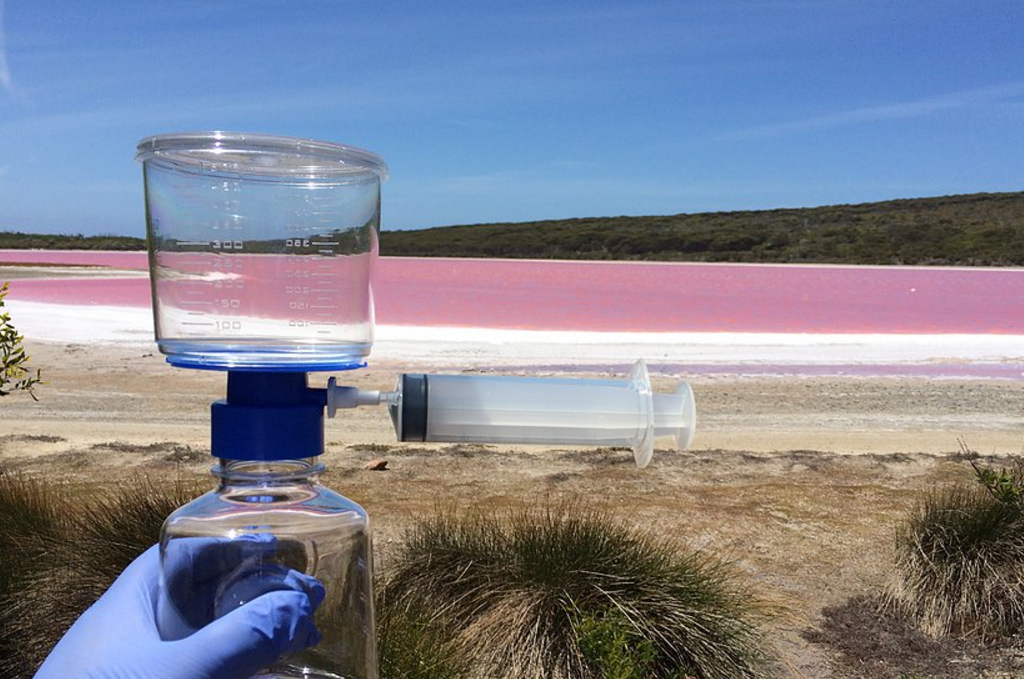
Researchers with the Extreme Microbiome Project visited Lake Hillier in 2015 to sample its water and sediments. (Credit: Extreme Microbiome Project)
But there was at least one surprising constituent that researchers found in the samples. This one, Dechloromonas aromatica, is more indicative of Lake Hillier’s past than its present state.
The organism’s existence in the lake doesn’t make a lot of sense because of its abilities to break down compounds including benzene and toluene, which are used in chemical solvents. So the fact that it’s there doesn’t check out unless the lake had been contaminated by such solvents before — which, as it turns out, it has. Way back in the early 1900s, Lake Hillier was used as a tanning station for treating animal skins.
Are there other techniques that researchers could have used? Do any of the findings surprise you? What other pink lakes could these results illuminate? Please consider leaving a comment to share your thoughts!




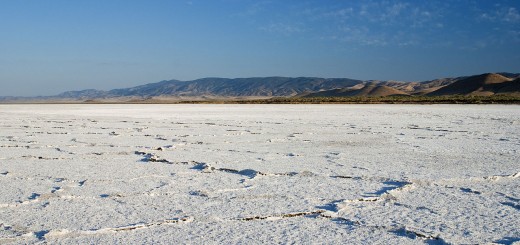
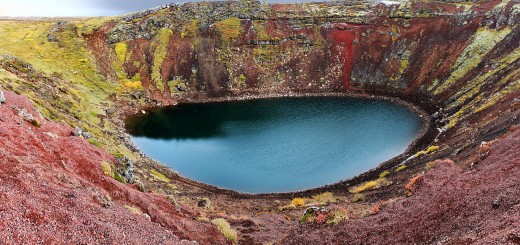
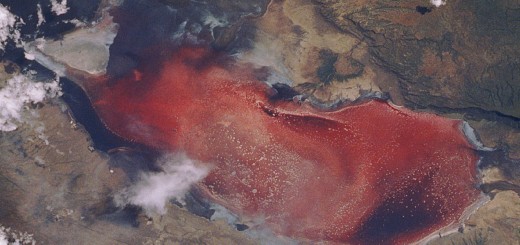
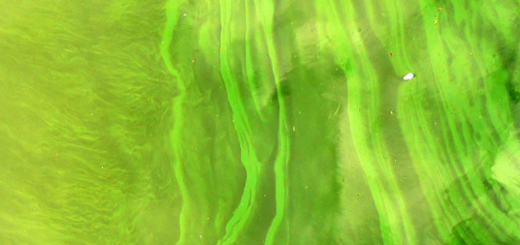


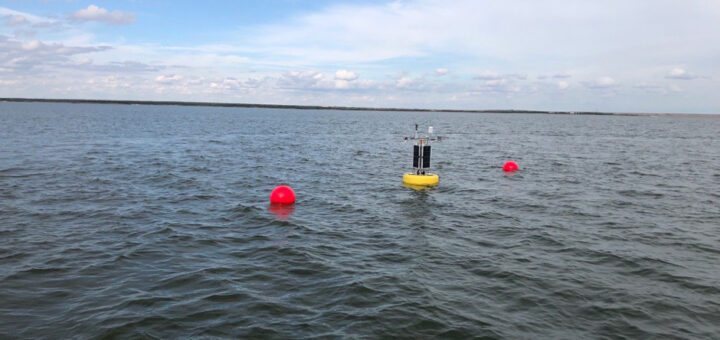
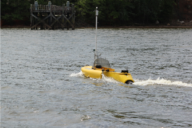


Could a person swim in Lake Hillier and it not bother them I know that high salinity makes it more Boyette and I was wondering if you could float around on it
You theoretically could (though drinking the water would cause dehydration). However, Hillier Lake is not very accessible and requires an airlift to reach the lake. Furthermore, it is currently only open for research purposes. There are actually 10 pink lakes in Western Australia alone–all of which are safe to swim in though I’d recommend contacting a travel agent and/or follow local guidelines to determine the legality of the action. There are also some pink lakes in other parts of the world that may be nearby and more accessible.